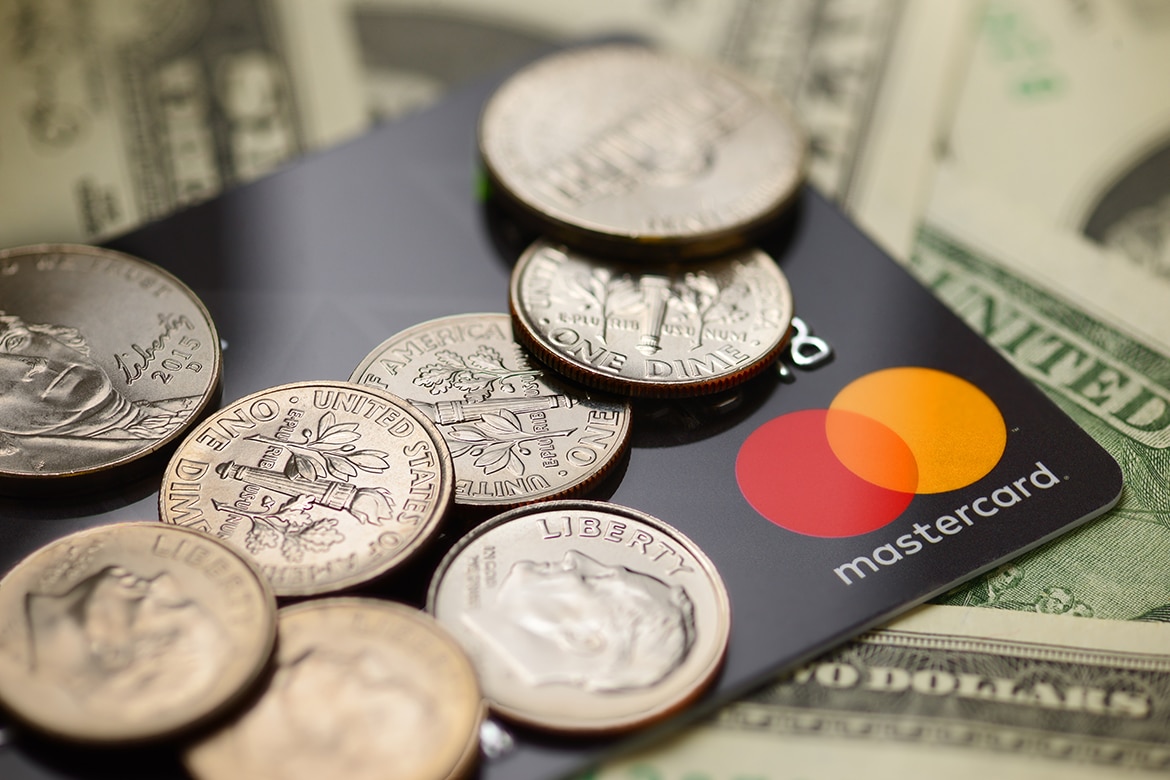
July 2nd, 2025
Get the latest VeChain (VET) news covering critical developments, market updates, and innovations in the VeChain ecosystem. Discover updates about its growth and how it is applied to revolutionizing the supply chain and healthcare industries through sustainable solutions that enhance business transparency, traceability, and overall efficiency.

VeThor (VTHO) has shot up a monumental 108% in the past 24 hours, bringing out a God candle on the daily chart with a peak of $0.01071.

The listing of VeThor Token (VTHO) on Upbit fueled a dramatic 230% price increase and a 5000% surge in trading volume.

The VeChain ecosystem has grown rapidly in the past years to encompass decentralized community governance through the VeBetterDAO.

The debut of VeChain’s MaaS platform has aroused debate regarding the potential influence on the price of VET, in addition to its technological improvements.

SingularityNET’s partnership with VeChain is one of many cases where blockchain is being integrated with AI.

There is an array of innovative crypto-backed solutions. Many are promising but still quite new to the marketplace. It remains to be seen where they’re headed and just how much they could impact the world.

San Marino’s authorities take their vaccination drive by unleashing the power of VeChain’s blockchain solutions. The Republic will transparently track individual vaccinations via the QR codes available on the eNFT certificates.

Coinbase may soon add support for a number of digital assets, including Aave, Synthetix, VeChain, SKALE Network, KEEP Network, NuCypher, DigiByte, Aragon, Bancor.

Blockfyre co-founder Simon Dedic predicts that Bitcoin (BTC) prices will hit $150,000. However, he doesn’t think that this rise will be like the one we observed in 2017.

It has become known that Bayer China is working with VeChain to develop CSecure, a blockchain-powered Clinical Trial Traceability platform for drugs.

Mastercard announced a new president of its European business in the person of Mark Barnett, MA stock is 0.24% down now. The current price is $268.24.

According to many Bitcoin proponents, crypto is bulletproof thanks to the blockchain. However, the industry’s famous players quite often have the power to influence prices and opinions.

VeChain Hack exposed to public: Foundation Announcement claims that their 1.1 billion VET address was hacked on December 13, 2019.

The Way of the Tiger, one of the gamebook genre pioneers, will be released with non-fungible tokens on VeChain Thor and will be backed by Microsoft.

After last week’s correction below $8700 levels, Bitcoin price has entered a consolidation phase with next support at $8500. Despite the bearish signals, analysts remain confident of the long-term bull run.
VeChain VET $0.0221 24h volatility: 8.5% Market cap: $1.90 B Vol. 24h: $36.04 M is an enterprise blockchain designed for operational accountability and transparency. Its origin includes being a subsidiary of Bitse, one of the largest blockchain firms in China. VeChain began with the VEN token on the Ethereum blockchain, but moved to its own network, the VeChainThor (VET) blockchain, in 2018.
The blockchain platform operates a dual token system, each token performing unique functions. While VET is the asset available for public purchase and used for transactions on VeChain dApps, the VTHO token is used for smart contracts. Separating both tokens allows the VeChain network to maintain high scalability with low transaction fees.
The platform offers more flexibility than many other networks. For instance, several meta-transaction features are available to developers, such as fee delegation used for easy user onboarding.
In addition, users can specify transaction execution and expiry depending on specific factors. While transaction execution allows VeChain users to define a block height or timestamp for execution, transaction expiry lets users define expiry times for most transactions. Outside the specified window, the transaction expires or becomes invalid. However, these functions require smart contracts and are not available for simple VET transfers.
The focus of VeChain on the Internet of Things (IoT) is already yielding applications that allow real-time data monitoring for supply chain purposes. Businesses can use IoT devices powered by the VeChain blockchain to simplify communication and data exchange, ensuring supply chain traceability and easy information verification.
Explore our VeChain (VET) guide for extensive details about the network and its exciting use cases.
VeChain is a blockchain that supports smart contract solutions for various business applications. Its enterprise application offers businesses an efficient way to run their operations, permanently record data, and enjoy easy traceability for the transportation of goods and products.
The VeChain network was co-founded by Sunny Lu, who was the former chief information officer (CIO) of Louis Vuitton’s Chinese arm, and Jay Zhang, who serves as the chief financial officer (CFO) at VeChain, in 2015.
VeChain and Ethereum have a few similarities, including support for decentralized applications and smart contracts. However, while Ethereum is more appealing to a broader community, VeChain is better applied to enterprise operations.
The existing and potential applications of VET make the asset a healthy investment. Increased adoption of the VeChain network can also increase the likelihood of VET’s profitability soon. However, all users must remember to conduct extensive research before making any investments.
VeChain’s burn mechanism is applied to VTHO and not VET. The network continuously burns a percentage of VTHO every time users or enterprises execute transactions or smart contracts.